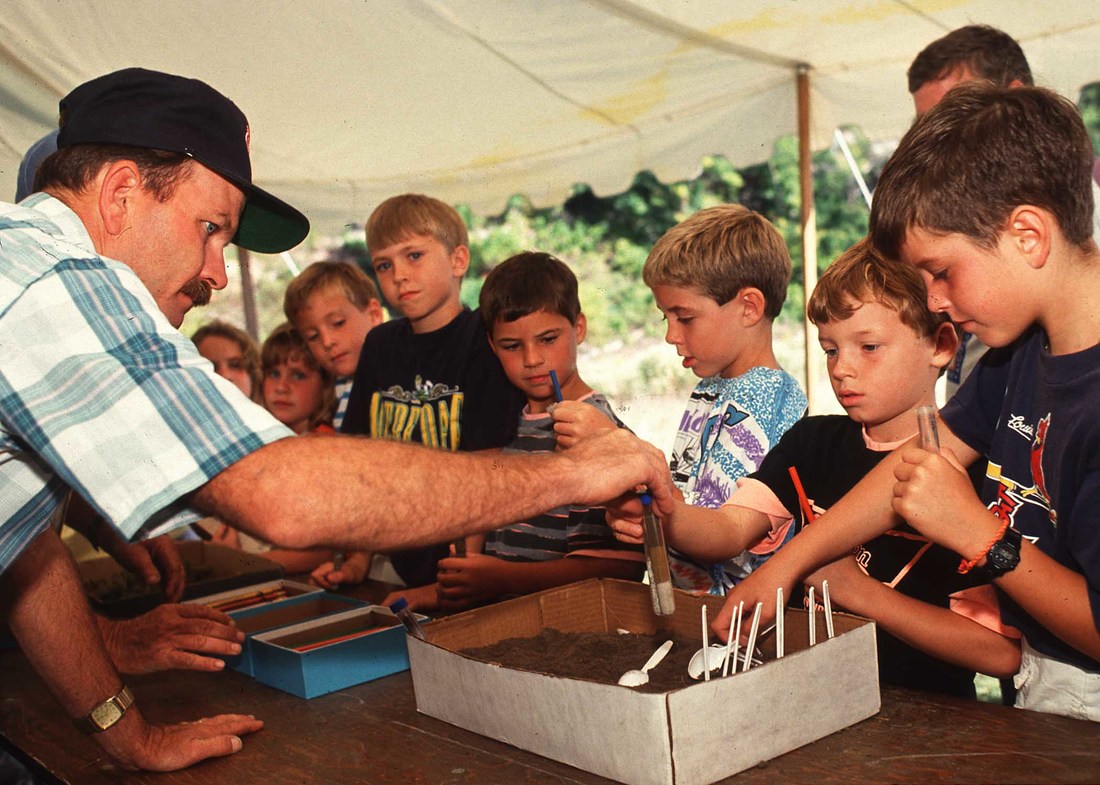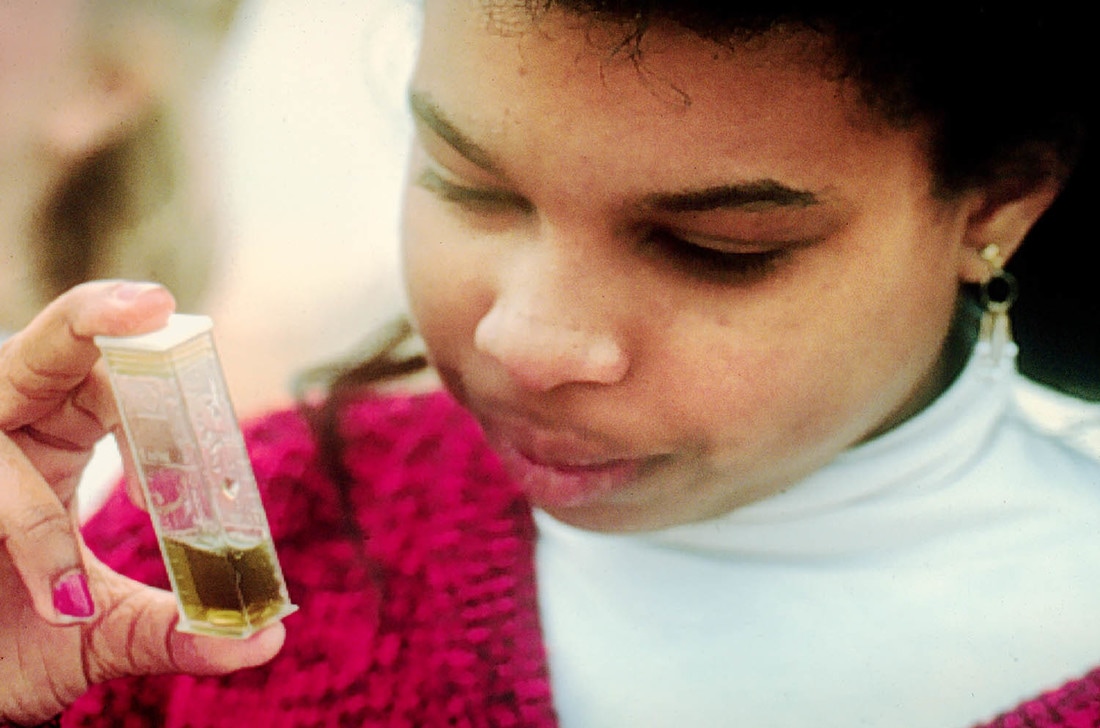Youth Water Education
As part of the federal initiative to improve stewardship and management of water resources, Andrews directed several studies to investigate youth water education needs and to provide education models that others could use as a guide for developing locally appropriate resources.
Youth as Partners: A Cooperative Extension Service investment in community-based environmental education 1991–1998 summarizes initial efforts.
Specific initiatives include:
- COSEE Great Lakes
- Drinking Water: Protecting the Source
- Educating Young People About Water
- Federal Junior Duck Stamp program
- Give Water a Hand
- Holding onto the GREEN Zone
- USGS Earth Science Project
Just as important as the programs, partnerships and materials accessed or created through these initiatives has been the core set of beliefs guiding their development:
- Voluntary actions are a key to maintaining a quality environment;
- People are motivated when they understand how their choices improve their lives and communities;
- Environmental issues are best managed at the watershed or community level;
- Youth should be full and valued partners in local environmental problem-solving.
Why involve youth?
- Youth bring enthusiasm, energy and creativity;
- Youth grow as active citizens in the community;
- Youth develop a “sense of place” and learn to take responsibility for their own impact on the environment;
- Youth learn how to apply the process of problem-solving in their lives;
- Youth see how their environmental activities can lead to a career.

